TRENDING
Vintage Postcards That Capture Women’s Beauty From 100 Years Ago
Published
6 years agoon
Over time, style, fashion, standards, and ultimately beauty evolves, allowing us to follow the progressive growth and acceptance of a wide variety of womens’ elegance and sophistication.
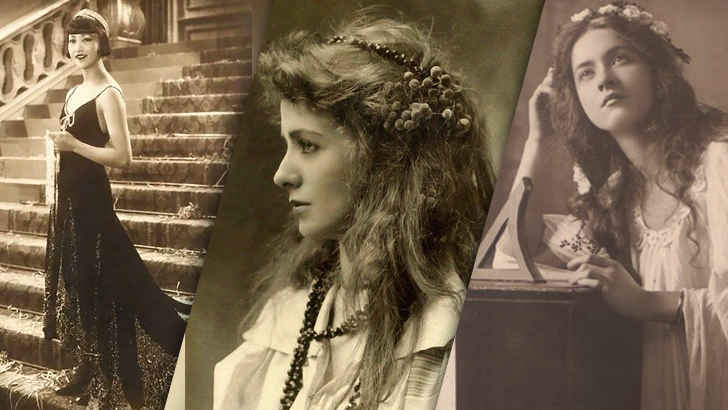
For the last 100 years, we’ve seen women’s fashion blossom into more forms of expression than ever before, but how did we get here? Well, women have been working hard to use dress as a form of empowerment and a way to make a statement for a century. Read in awe of their evolution right here!
Luzon Woman From The Philippines
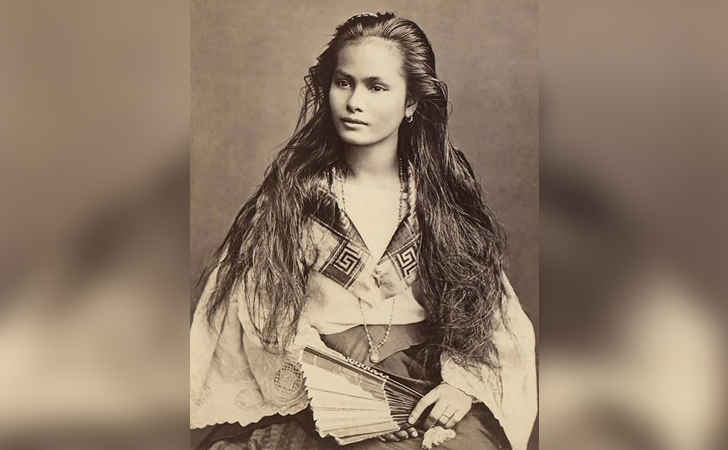
This woman is from Luzon, which is an island in the Philippines. She is wearing traditional Tagalog style, which is particularly noticeable in the wide, folded v-neckline of her gown. Her hair is long and unruly, which isn’t typical of the Tagalog style, but is indicative of the beginning of American fashion influence on the culture during the early 20th century.
Lily Elsie
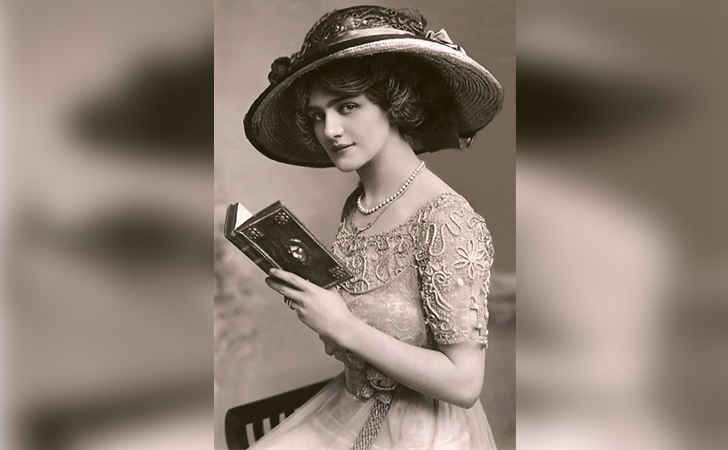
Lily Elsie was an English actress and singer during the Edwardian era. She was admired for her beauty and charm on stage, with her token Grecian profile and blue eyes. She eventually became one of the most photographed women of the Edwardian times. Is it just us, or does she look a bit like Rachel Weiss?
Anna May Wong
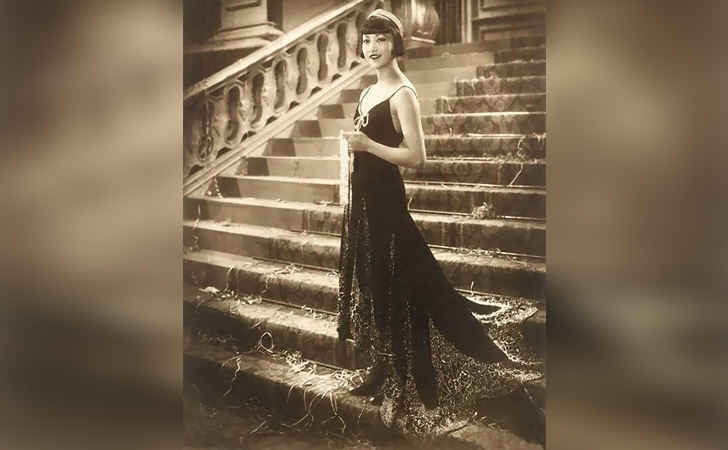
Anna May Wong was the first Chinese-American movie star and the first Asian-American actress to gain international recognition. Because of the racism at the time, she often had to compete with Caucasian women for Asian roles. She was known as one of the best-dressed women in the world.
Anna Pavlova
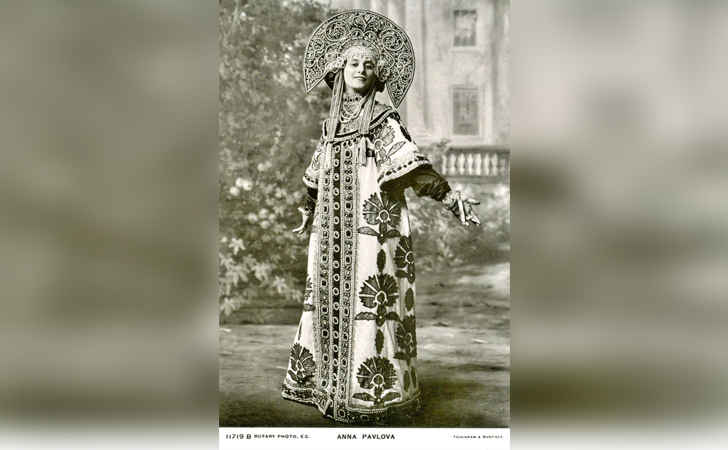
Anna Pavlova was a Russian prima ballerina during the late 19th and early 20th centuries. Her breakout role was in The Dying Swan, for which she is most recognized. Even today she seems to draw in your gaze with her beauty, exuding grace and poise from every ounce of her being that can only come from being a ballerina.
Unknown Woman With Book
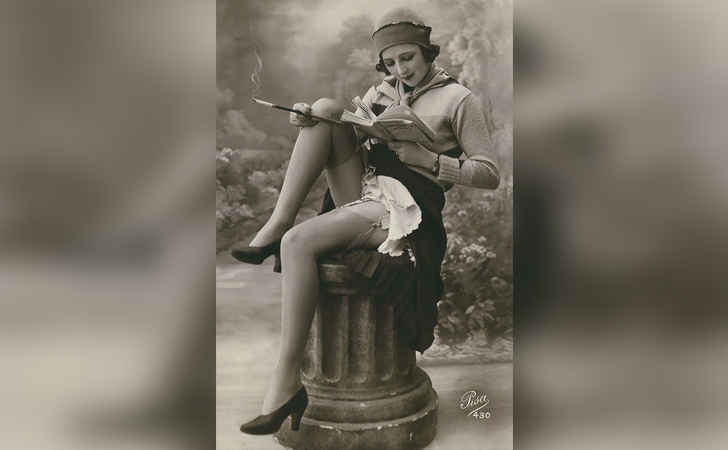
The 1920s saw a lot of flapper dresses and cloche hats from the women who followed the fashion trends. The typical modern woman at the time would be free-thinking and always on the go. She hadn’t the time to don the corsets and crinolines of the past trends which required her to flounce around being prim and proper for the sake of looking pretty.
Carolina “La Belle” Otero
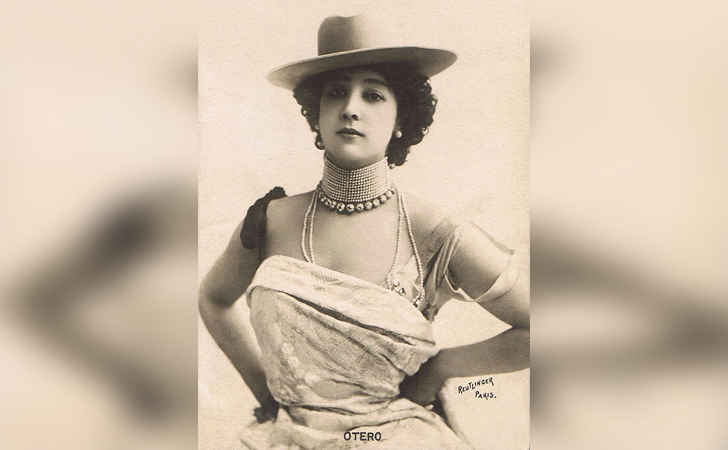
La Belle Otero was a Spanish-born courtesan who lived in France, and whose beauty was so legendary that she became the most sought-after woman in Europe. She was considered beautiful, confident, and intelligent, with an attractive figure. She was infamous for her love affairs, and her beauty was such that six men were rumored to have committed suicide after their love affairs with Otero ended, although this has never been proven. However, it is a proven fact that two men did fight a duel over her.
Valli Valli
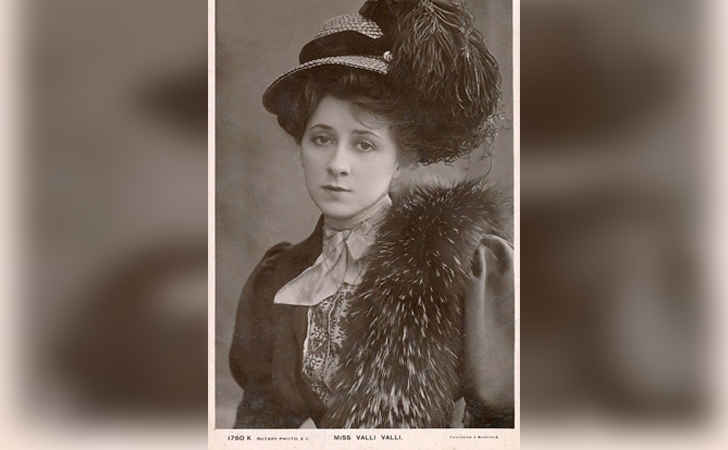
Valli Valli was a musical theater comedy actress and silent film performer from Berlin, Germany. She was widely known as a strikingly beautiful woman, and she performed throughout most of her life in England and the United States. Her lack of heavy makeup indicates a different time when women were known for their natural beauty.
Maude Fealy
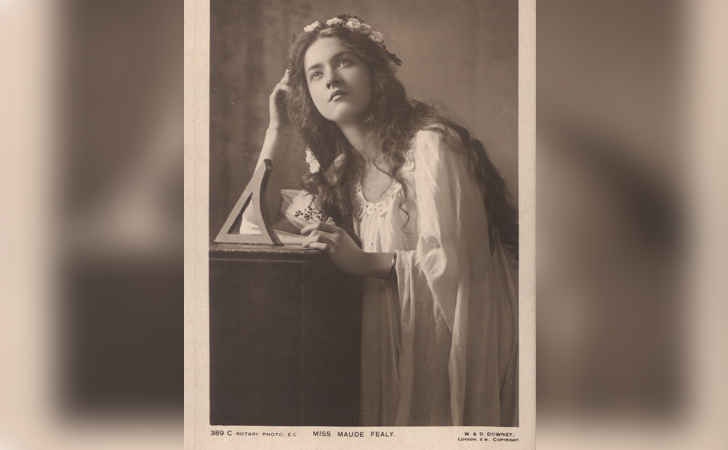
This photo on the postcard was taken somewhere around 1907 of Maude Fealy, an American stage and silent film actress. Her career survived into the talkie era. She demonstrates a kind of pensive grace and beauty that was unique to the time period.
Marie-Louise Derval
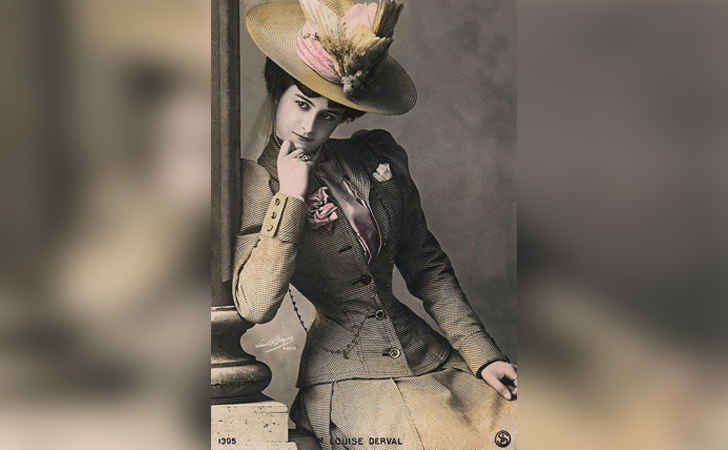
French actress Marie-Louise Derval appeared in films such as Chicot the Jester and La Fugitive. Her beauty was unparalleled, and she was famous for her teeny-tiny waist. This photo was taken circa 1907 in Paris, so it’s likely that a corset had something to do with that. We’re a little distracted by the dead bird on her hat, however…
Jean Aylwin
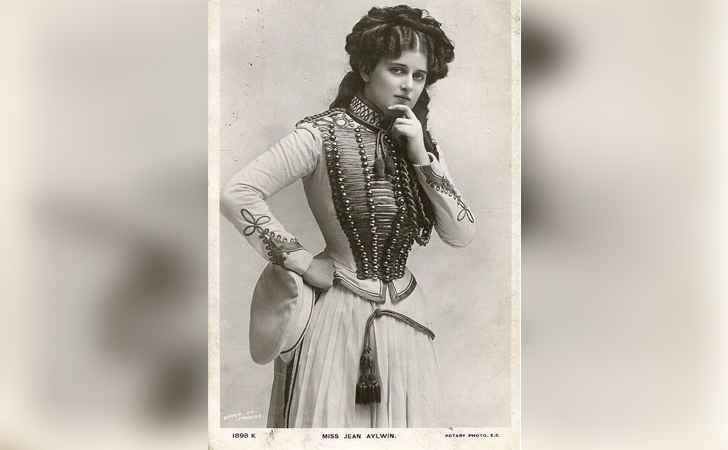
Jean Aylwin was a Scottish actress and singer best known for her creation of character roles in successful Edwardian musical comedies during the early 20th century. This photo is from a postcard in England around 1907. It would appear that she is posing in a thoughtful position, which makes us wonder if it was considered desirable for a woman of that time to be intelligent and free-thinking.
Young Berber Girl
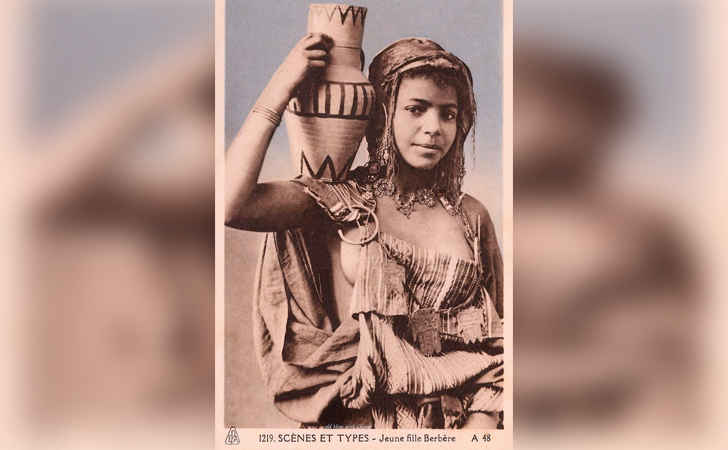
This photo was taken around 1912 of a young Berber girl in North Africa. It really juxtaposes the different notions of beauty around the world of that time. The women in Europe and America at that time were constrained by full skirts, sometimes even hoop skirts, and painfully tight corsets, while this North African girl wears decorative clothing more practical for her arid location and a head scarf with dangling jewelry attachments.
Nepali Lady
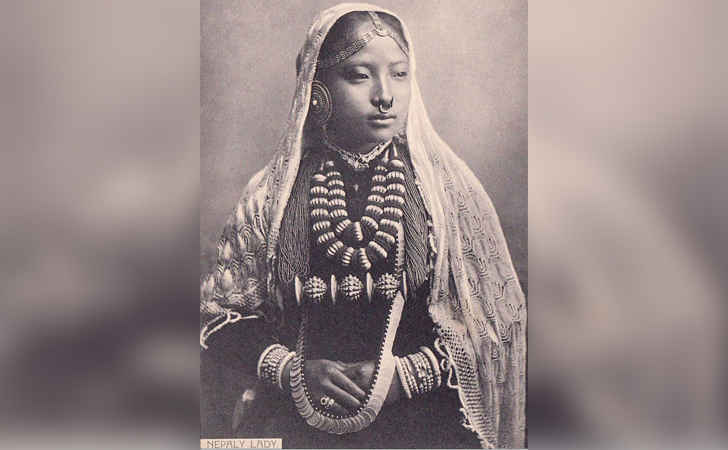
This image from 1905 shows a young Nepali woman in traditional Nepali fashion, a style that hasn’t changed much throughout the years. The long necklace made of coins she is wearing was intended to both symbolize and attract wealth. The nose piercing is a trend popular in Western culture still today.
A 1913 Neckline
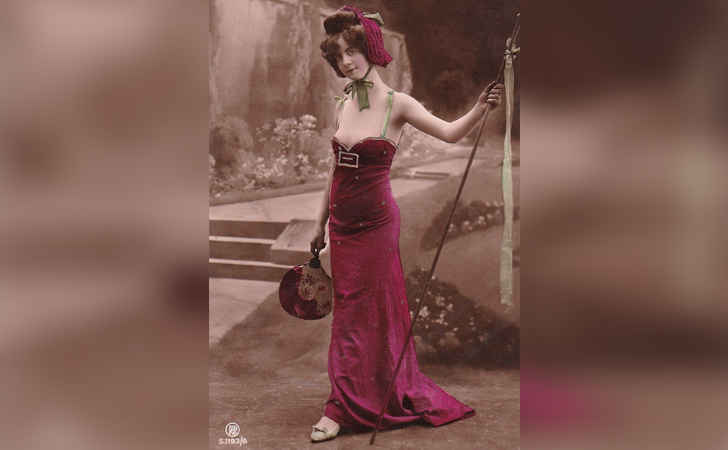
This photo postcard from 1913 was clearly doctored a bit for the color poppage, but the fashion trend featured is definitely eye-catching on its own. Back in those days, the goal for women’s cleavage was less about push-up bras and gravity-defying bosoms and more about the natural look. That being said, the plunging neckline on this dress would certainly have garnered a few tut-tuts from disapproving proper ladies of the time.
Tonkin Woman
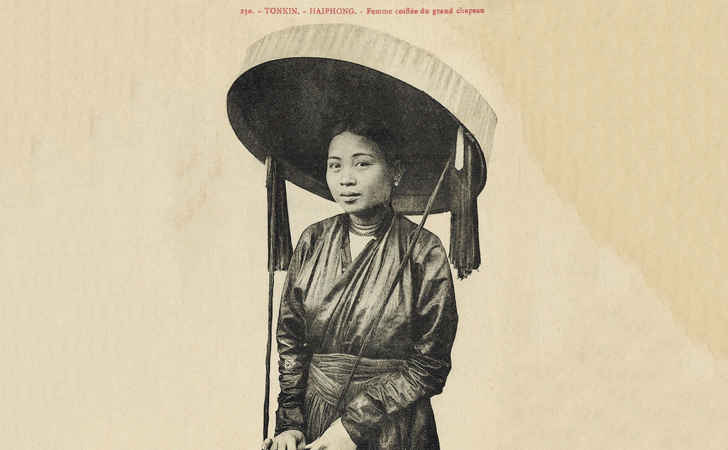
This photograph of a Tonkin woman in northern Vietnam from 1907 shows the cultural formalwear. Notice the modest neckline and minimal detailed embroidery. The massive hat she is wearing is called a nón quai thao, which was a piece of formalwear intended to accentuate fine outfits on special occasions.
The Liberty of Lady Pants
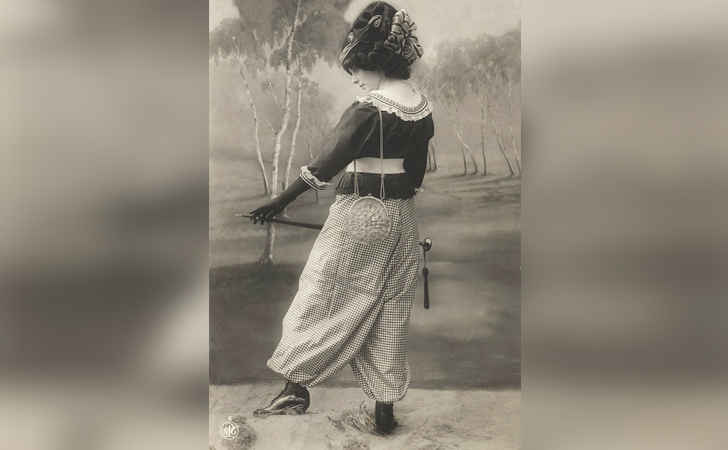
This photo was taken in 1913 just after French designer Paul Poiret launched a collection of this type of loose-fitting pants for ladies. For the women of the time who had previously been confined to the hassle and heat of heavy skirts, this new fashion trend was nothing short of liberating. Their role in society was quickly changing as well.
Steel Corsets, Skinny Waists
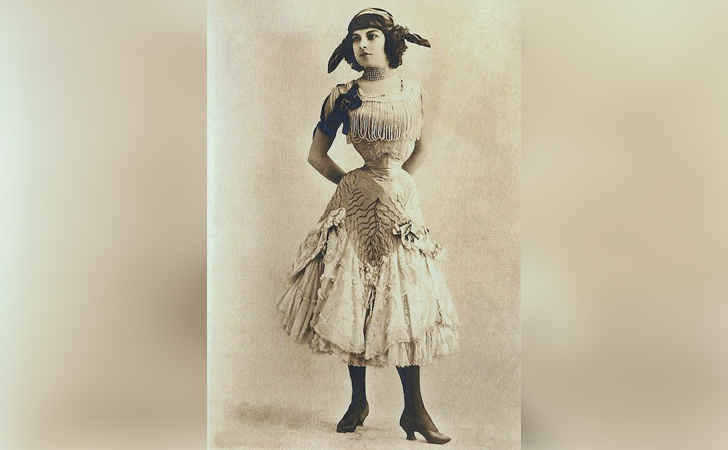
This photograph was taken in 1909. The identity of the girl in the picture is unknown, but the definite focal point of the image is her uncomfortably small waist. At this time it was the common fashion for women’s waists to be impossibly tiny. To achieve this, women would train their bodies into shape by wearing heavy steel corsets under their clothes.
We’re Gonna Need A Bigger Bow
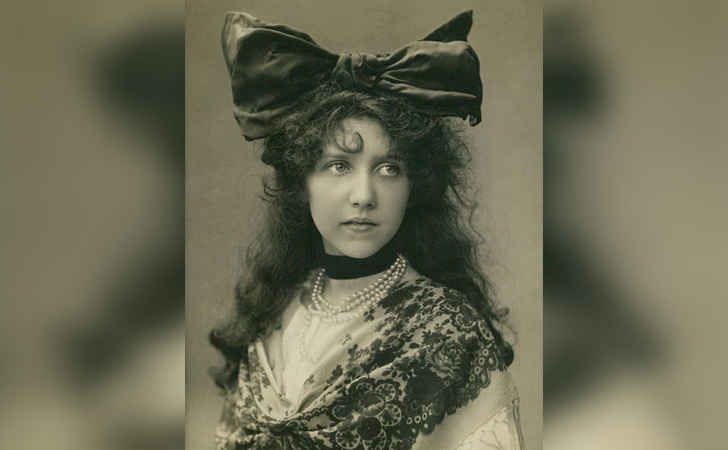
This 1905 photo of a young girl looks pretty normal save for the comically oversized hair bow. Accessories like these were standard for the early 20th century because the trend was for young women to look as girlish and innocent as possible.
Kimonos Of A Geisha
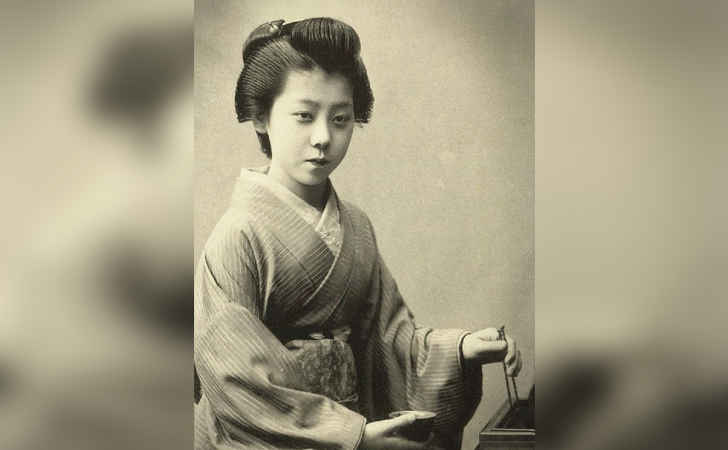
This postcard photo shows a Japanese geisha girl in 1909, most likely a young apprentice. She is wearing a traditional kimono and her hair and makeup are all done up in the classic geisha style.
Gypsy Girl With Mandolin
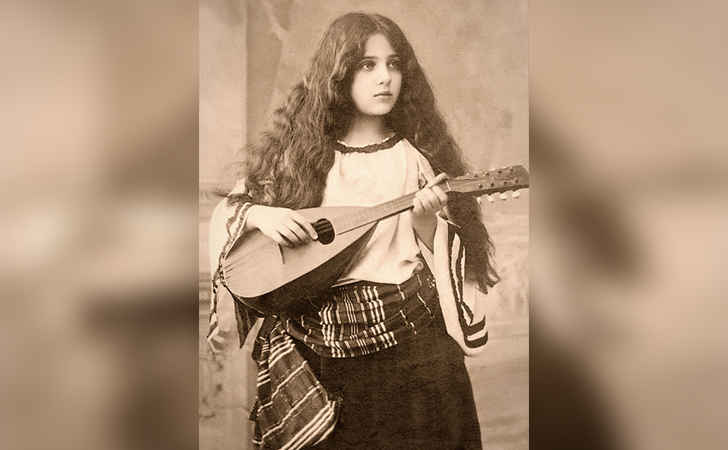
This gypsy or Romani girl is sporting the classic style of the culture and time period. Her long hair is worn down and wavy, and she wears the long flowing skirt and loose blouse standard for her culture. The fact that she’s playing an instrument hints at a different type of gender role from the rest of the Western cultures during the early 20th century.
Maude Adams
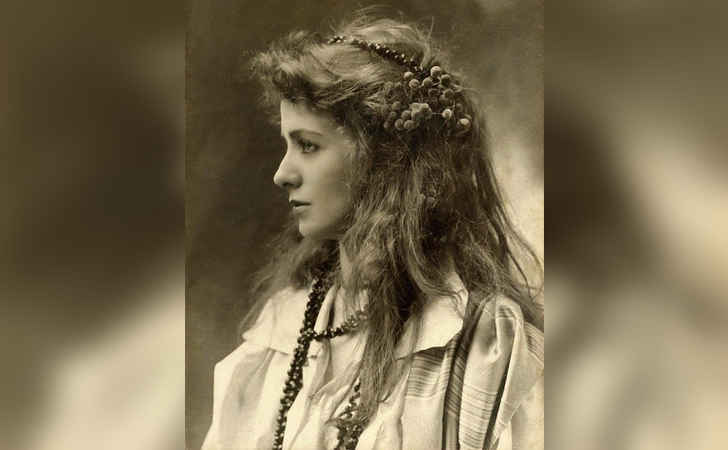
This picture of 23-year-old American actress Maude Adams from 1895 shows how far ahead of her time she was with the hairstyle. Her bohemian look seems incredibly similar to the garland-style ’dos of the women a full century later as they mingled at outdoor festivals and concerts.
The Bigger The Hat…
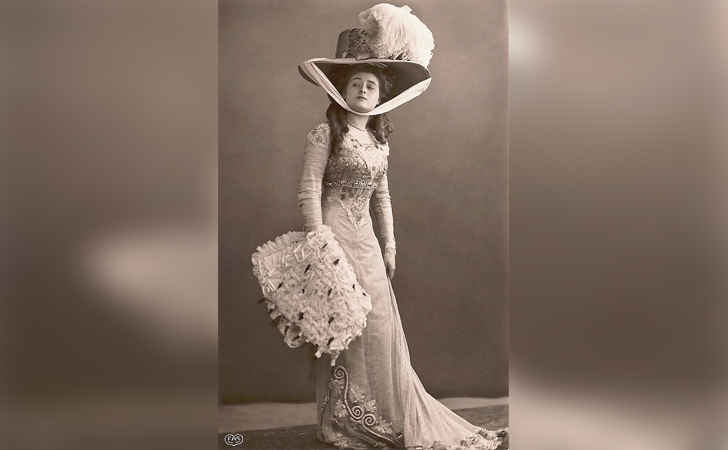
It might look a little ridiculous to a modern-day eye, but this 1909 woman’s enormous hat was an absolute staple of any self-respecting Edwardian lady’s wardrobe. The idea behind these gaudy hats was that it should frame a woman’s face as if she were the subject of a painting.
Carmen de Villers
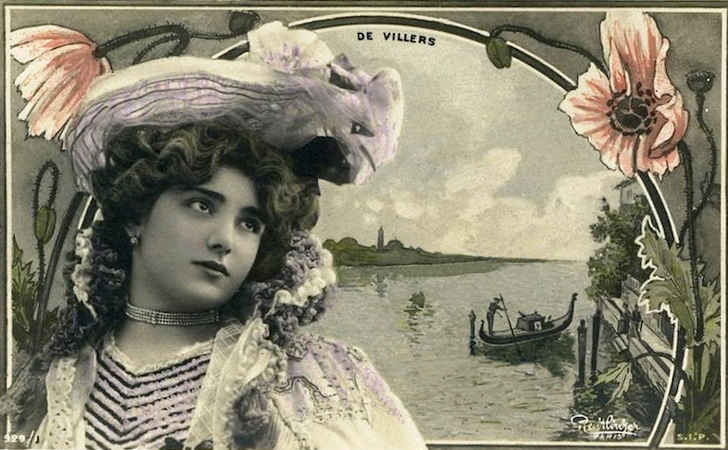
Carmen de Villers’ lacy clothing and dark, almost gothic beauty are both staples of her time. Taken in 1905, this photo of the French actress says a lot about the time period and what was considered “beautiful” from celebrities of her day.
Double Trouble
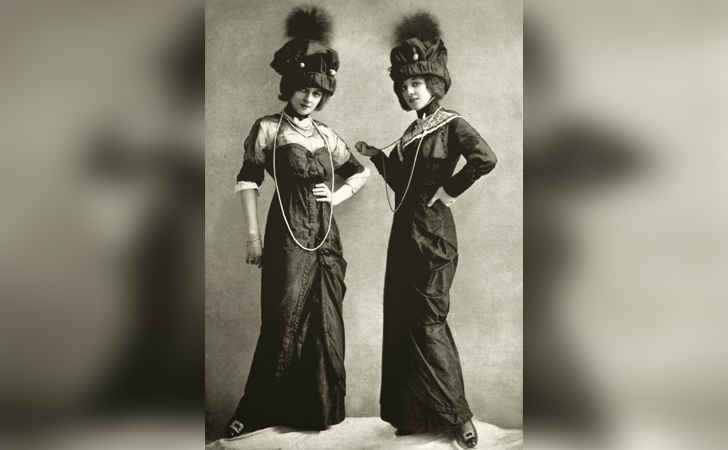
This real photo postcard from around 1912 shows two women, possibly sisters, dressed in dark, almost baggy styles of dresses. Their long necklaces look like they might pose potential hazards if they were to get caught on something. And is it just us or do the fuzzy floofs on their hats remind you a little of chimney sweeps?
Cambodian Toga?
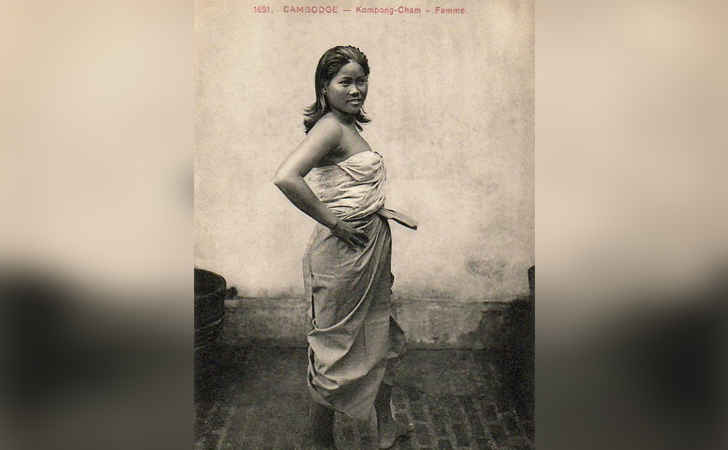
This Cambodian woman is shown on a postcard from 1906 wearing something that seems a bit reminiscent of a toga. It’s actually a sampot châng kben, which is a large piece of fabric wrapped and tied around the body.
Woman With A Sword
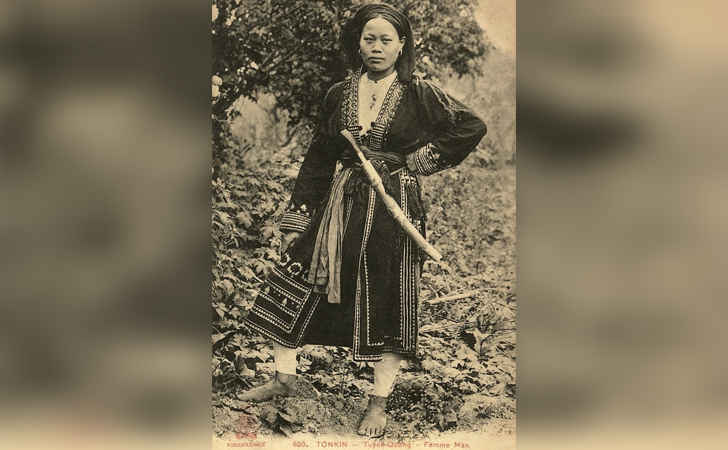
A Vietnamese woman poses with a sword in this postcard from 1908. During the early 20th century, Vietnam was going through a lot of civil unrest that was met with violence from the government, making it quite the dangerous location to be. It may explain why this woman carries a sword for protection.
More From Bon Voyaged
-
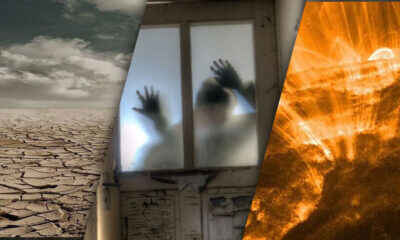
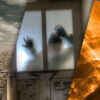
Nostradamus’ Harrowing Predictions
-
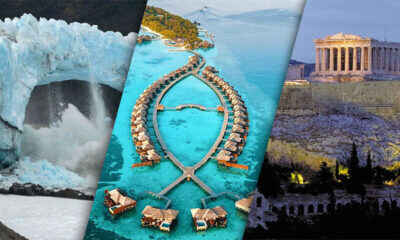
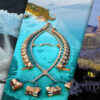
Tourist Destinations Disappearing Before Our Eyes
-
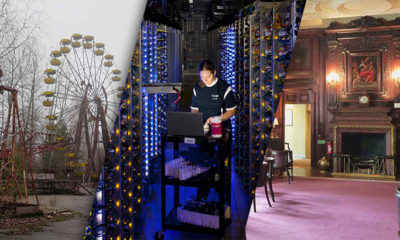
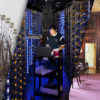
Top Secret Places That Are Restricted
-
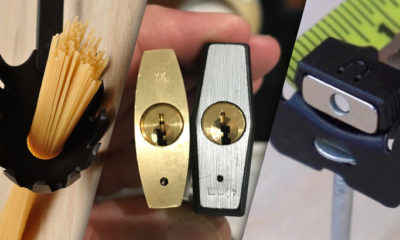

Hidden Uses Of Every Day Objects
-


Couple Adopts Triplets, Gets Shocking News
-


Shows Being Canceled Or Renewed This Year
-
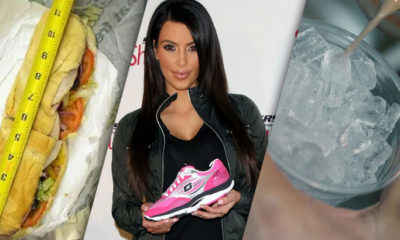
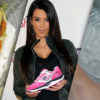
Clever Marketing Gimmicks That Tricked Consumers
-


Things Only Americans Think Are Normal
-


Celebrities Who Never Married
-
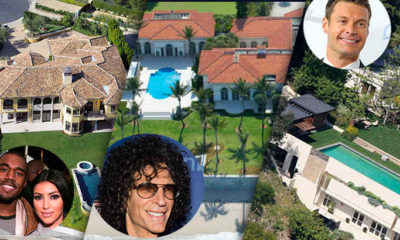
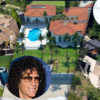
Incredibly Lavish Celebrity Homes
-


White House Salaries: Who Makes What?
-


Cleaning Hacks To Make Dirt Disappear

